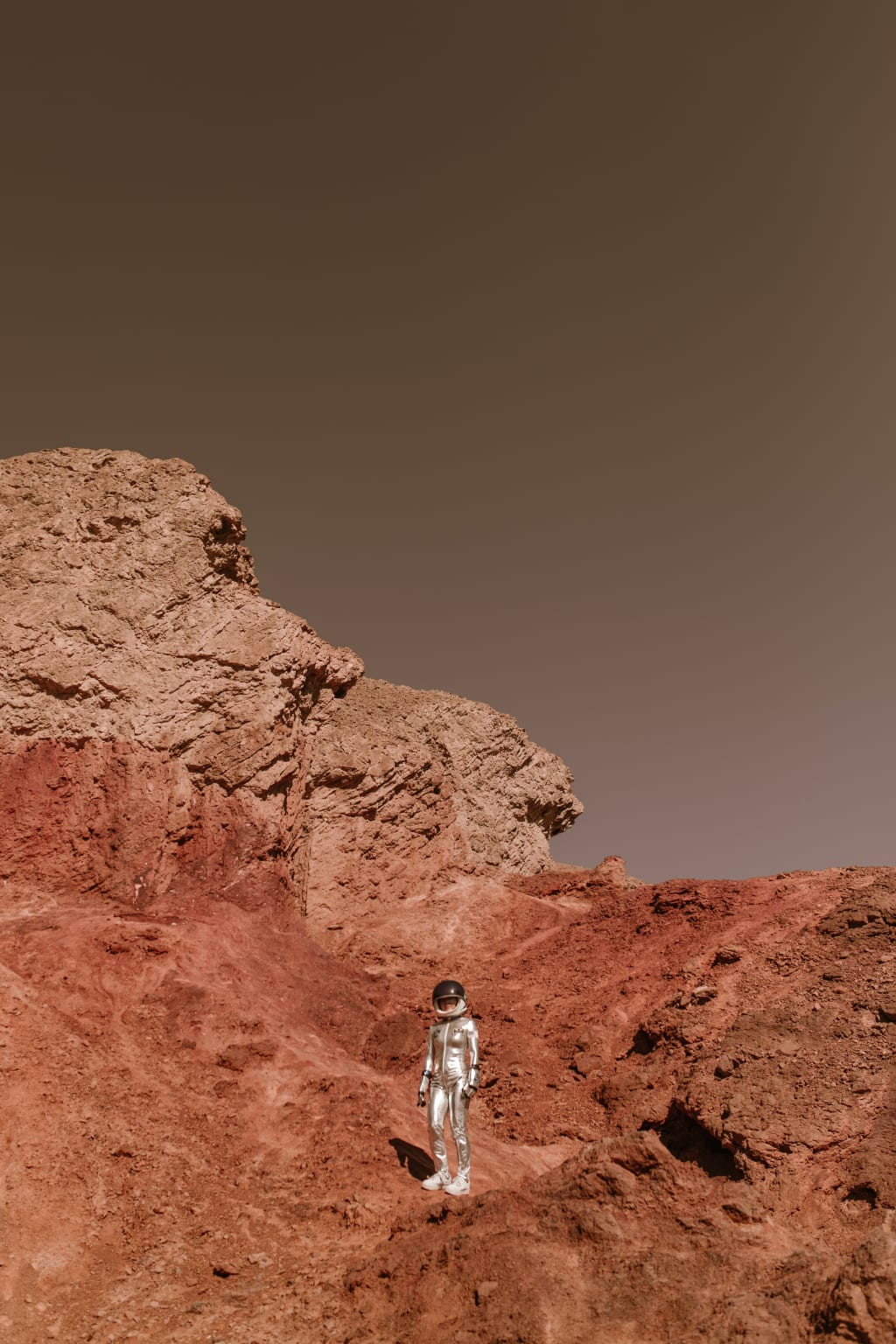How about if we created a tunnel passing through Mars?
Exploring the Possibility of a Tunnel Through Mars

If you were to drill straight down into Mars, what would you discover? The Jezero Crater on Mars, which used to be an ancient river delta, carried clay minerals into the crater lake and might have even hosted Martian life. NASA's new rover, Perseverance, landed in this area and is searching for past lifeforms on Mars. Although there is not much on Mars that can be damaged by marsquakes, these seismic waves create a way for scientists to study the Martian interior. However, if you wanted to find out what secrets lie beneath the surface of Mars, you would need to drill through it.
Drilling into Mars is no easy task, as the InSight lander discovered when it encountered unexpected soil properties, and Curiosity experienced a mechanical error with its drill feed mechanism. To overcome these difficulties, a new, more human form of Martian drilling was designed, which involves using the force of the rover's robotic arm to push the drill bit into the surface as it spins. However, it still took Curiosity an entire day to drill a mere 5 cm (2 in) hole, so it would take up to 300 years to drill 5 km (3 mi) down to the mantle of Mars.
As drilling through Earth's crust to a depth of 12.2 km (7.6 mi) came with high budget costs, technical difficulties, and plenty of bad luck, drilling into Mars would be even more challenging. Furthermore, there is still much to learn about Mars, and drilling may not be the most effective way to do it, especially as we haven't gone very far into the crust of our own planet.
As humans continue to explore the possibility of colonizing Mars, there are many challenges that need to be overcome. One of the most significant obstacles is the harsh environment, with extreme temperatures, low atmospheric pressure, and high levels of radiation. Another challenge is the distance between Earth and Mars, which means that transporting people and materials to the red planet will take a lot of time and energy. However, one idea that has been proposed to address both of these challenges is the construction of a tunnel through Mars.
The concept of building tunnels on other planets is not new. In fact, NASA has already successfully drilled into the surface of Mars, as discussed in the previous article. However, drilling a tunnel through the planet is a much more ambitious project. The idea is to create a tunnel network that would connect various locations on Mars, providing a safe and efficient way for people and materials to move around the planet.
There are several potential benefits to building a tunnel network on Mars. First, it would provide a way to protect colonists and equipment from the harsh Martian environment. The tunnels could be pressurized and heated, creating a comfortable living and working environment for people. This would also reduce the need for bulky and expensive spacesuits and other protective gear.
Another benefit of a tunnel network is that it would make transportation on Mars much more efficient. Currently, Mars rovers and other vehicles have to navigate the rough terrain, which can be slow and dangerous. With a tunnel network, vehicles could travel at high speeds without having to worry about obstacles such as rocks and cliffs. This would also reduce the risk of accidents and breakdowns, which can be life-threatening in such a harsh environment.
So, how feasible is it to build a tunnel network on Mars? The answer is, it's not an easy task. For one thing, Mars has a much weaker gravitational pull than Earth, which means that digging and construction equipment would have to be specially designed to operate in such conditions. Additionally, the Martian soil is not the same as Earth's soil, which means that traditional tunneling methods may not be effective.
However, there are several technologies that could be used to build a tunnel network on Mars. One idea is to use robots to excavate the tunnels, which would reduce the risk to human workers. The robots could be controlled remotely from Earth or by people on Mars. Another technology that could be used is 3D printing, which has already been used to create small-scale structures on Mars.
Another consideration is the cost of building a tunnel network on Mars. It's difficult to estimate the exact cost, but it's safe to say that it would be an expensive endeavor. However, the benefits of a tunnel network could outweigh the costs in the long run. It would make it much easier and safer to transport people and materials around the planet, which would be essential for the success of a Mars colony.
There are also potential scientific benefits to building a tunnel network on Mars. The tunnels could be used to study the planet's geology and search for signs of past or present life. They could also be used to explore areas that are currently inaccessible to rovers and other vehicles.
Of course, there are also risks and challenges associated with building a tunnel network on Mars. For one thing, the tunnels would have to be structurally sound and able to withstand the harsh Martian environment. They would also have to be well-ventilated to prevent the buildup of harmful gases. Additionally, any construction on Mars could have unintended consequences for the planet's environment and ecosystems.
Despite these challenges, many scientists and engineers believe that a tunnel network on Mars is a possibility. In fact, several organizations are already working on developing the technology and methods needed to make it a reality.
About the Creator
Bob Oliver
Bob is a versatile writer & communicator passionate about exploring diverse topics & perspectives. I have written for various media outlets. And I believes in using words to inspire positive change. #writing #communication #passion
Enjoyed the story? Support the Creator.
Subscribe for free to receive all their stories in your feed. You could also pledge your support or give them a one-off tip, letting them know you appreciate their work.






Comments
There are no comments for this story
Be the first to respond and start the conversation.